Table of Contents
Categories
-
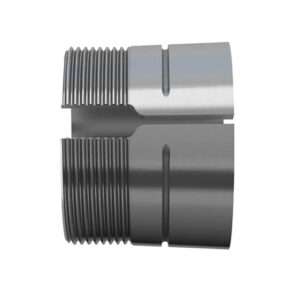
Adapter Sleeves (9)
-
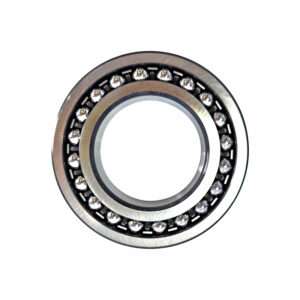
Ball Bearings (11)
-
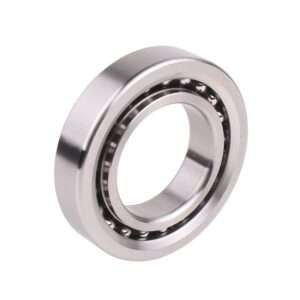
Ball Screw Bearings (2)
-
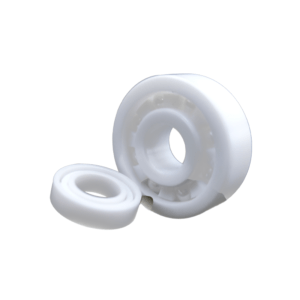
Ceramic Bearings (27)
-
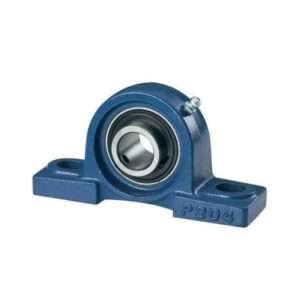
Pillow Block Bearings (4)
-
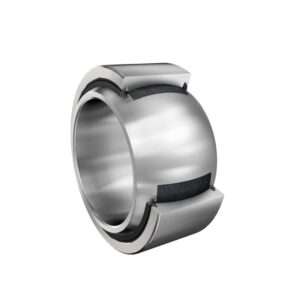
Plain Bearings (32)
-
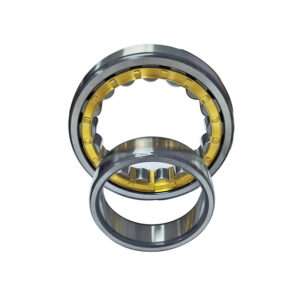
Roller Bearings (12)
-
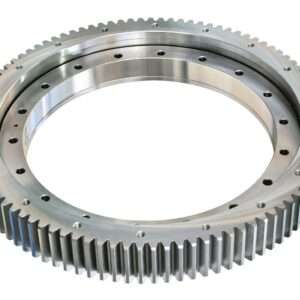
Slewing Bearings (43)
-
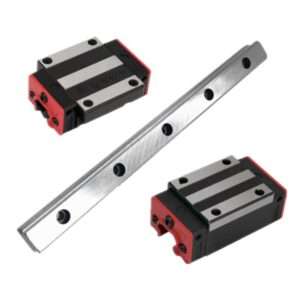
Sliding Block (3)
-
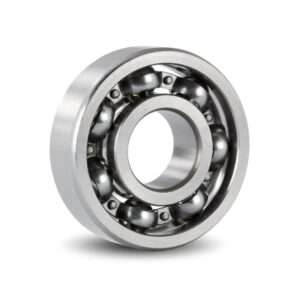
Stainless Steel Bearings (27)
-
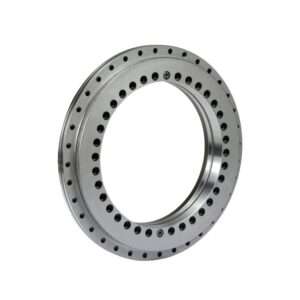
Super Precision Bearings (6)
-
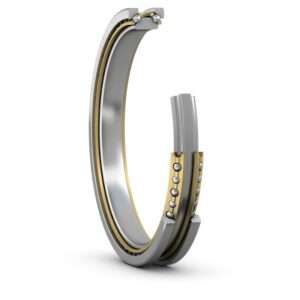
Thin Section Bearings (9)
-
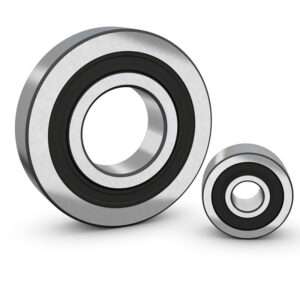
Track Rollers (4)
-
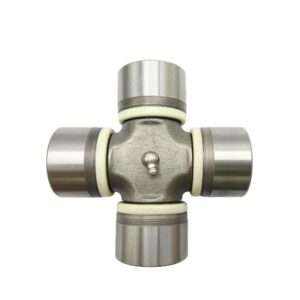
Universal Joints (1)
Precision Engineering: Unveiling the Design Innovations and Mechanisms of Needle Bearings
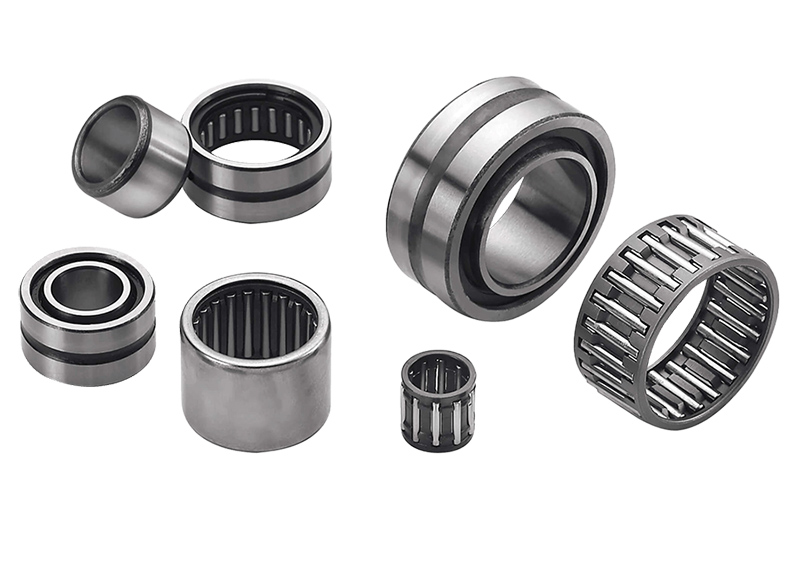
Introduction
Understanding Needle Bearing Geometry
Understanding Needle Bearing Geometry is essential for grasping the intricacies of their design and operational principles. At the heart of a Needle Bearing lies a sophisticated structure comprising an outer ring, an inner ring, and needle rollers. These needle rollers, characterized by their slender cylindrical shape, enable Needle Bearings to achieve a remarkable balance between compactness and load-carrying capacity. In comparison to conventional ball bearings, the elongated shape of needle rollers allows for increased surface contact area, facilitating the distribution of loads more evenly. This geometry grants needle bearings a distinct advantage in applications requiring high radial load capacity within limited space constraints. Conversely, when juxtaposed with roller bearings, needle bearings exhibit superior space efficiency while maintaining competitive load-handling capabilities. Understanding these nuances empowers engineers to make informed decisions when selecting the most suitable bearing type for a given application, optimizing performance, durability, and space utilization.
Mechanical Principles Driving Needle Bearings
Load Distribution Mechanisms
Needle bearings operate on the fundamental mechanical principle of load distribution mechanisms. In these bearings, the load-carrying capacity is primarily facilitated by the arrangement of needle-like cylindrical rollers. These rollers, due to their elongated shape, distribute the load over a larger contact area compared to traditional ball bearings, allowing for higher load capacities in a relatively compact design. The cylindrical rollers minimize the contact stress by spreading the load along their length, thus reducing the pressure on individual points. This load distribution mechanism enables needle bearings to withstand radial and axial loads efficiently, making them suitable for applications where space is limited, and high load capacities are required. Additionally, the geometry of needle bearings contributes to their ability to accommodate misalignments, enhancing their versatility in various mechanical systems. Overall, the load distribution mechanisms in needle bearings play a pivotal role in their performance and suitability across diverse industrial applications.
Friction Reduction Mechanisms
The mechanical principles underpinning needle bearings encompass friction reduction mechanisms essential for their operation. Needle bearings utilize cylindrical rollers with a significantly larger length-to-diameter ratio compared to traditional bearings, effectively reducing contact surface areas and minimizing friction. This elongated roller shape reduces sliding friction, enhancing efficiency and reducing energy loss within the bearing system. Additionally, the use of precision-engineered needle rollers results in smoother rolling motion, further reducing frictional resistance. The reduced friction not only improves the overall efficiency of the bearing but also contributes to its longevity and reliability by minimizing wear and heat generation. By minimizing frictional forces, needle bearings are capable of operating at higher speeds and under heavier loads while maintaining optimal performance. Thus, the friction reduction mechanisms employed in needle bearings are crucial for their ability to deliver smooth operation, increased durability, and enhanced performance across a wide range of mechanical applications.
Design Innovations in Needle Bearings
Material Selection
Design innovations in needle bearings have significantly advanced through meticulous material selection processes. Manufacturers now utilize a diverse range of materials to enhance the performance, durability, and reliability of needle bearings. Traditional materials like hardened steel remain prevalent due to their strength and wear resistance. However, advancements in materials science have introduced alternatives such as stainless steel, ceramic, and various high-performance alloys. Stainless steel offers superior corrosion resistance, making it suitable for applications in harsh environments or industries requiring stringent hygiene standards. Ceramic materials, on the other hand, boast exceptional hardness and low friction properties, reducing wear and extending bearing life in high-speed applications. High-performance alloys are engineered to withstand extreme temperatures and loads, expanding the operational capabilities of needle bearings in demanding conditions. By carefully selecting materials based on specific application requirements, design engineers can optimize the performance and longevity of needle bearings, ensuring they meet the diverse needs of modern industrial applications.
Cage Designs
Innovative advancements in needle bearing design have notably focused on optimizing cage designs. The cage, also known as the retainer or separator, plays a crucial role in maintaining the positioning and alignment of the needle rollers within the bearing assembly. Traditional cage designs typically feature stamped metal or molded plastic structures. However, modern innovations have introduced alternative materials and geometries to enhance performance and durability. For instance, engineered polymers offer benefits such as reduced friction, quieter operation, and resistance to lubrication loss. Furthermore, advanced manufacturing techniques enable the production of cages with intricate shapes and patterns, allowing for improved roller guidance and load distribution. Additionally, some specialized applications may require cages made from lightweight materials like carbon fiber to minimize inertia and maximize operating speeds. By continuously refining cage designs, engineers can optimize the functionality and efficiency of needle bearings across a wide range of industrial applications, ensuring reliable performance and extended service life.
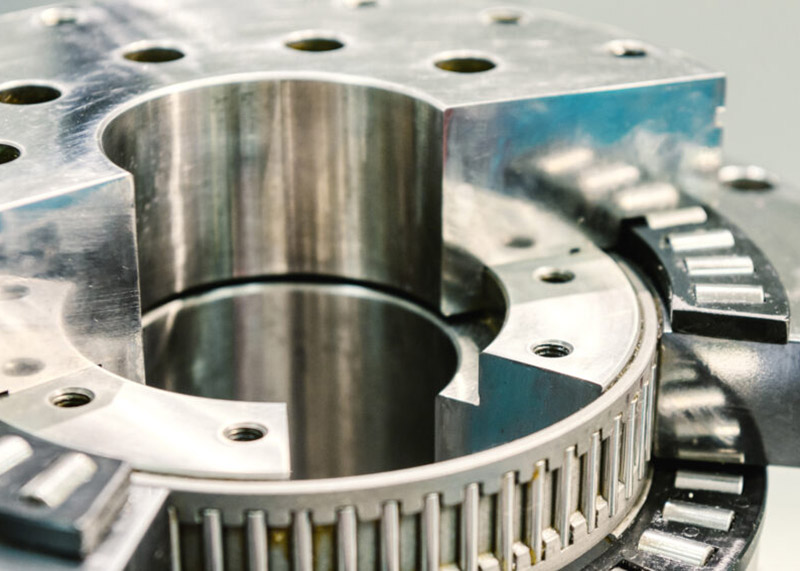
Needle Bearing Applications Across Industries
Needle Bearings find extensive applications across various industries, with significant utilization in the automotive sector and the aerospace industry. In the automotive sector, Needle Bearings play a vital role in numerous components, including engine assemblies, transmissions, and drivetrain systems. They facilitate smooth and efficient rotation in engine crankshafts, camshafts, and connecting rods, while also supporting gear shafts and differentials within transmissions. Their ability to handle high radial and axial loads in compact spaces makes them indispensable for ensuring the reliability and performance of automotive systems under demanding operating conditions. Similarly, in the aerospace industry, Needle Bearings are critical components in aircraft landing gear, control systems, and propulsion systems. They withstand high forces and extreme temperatures while maintaining precise alignment and smooth operation, contributing to the safety and efficiency of airborne vehicles. Across both sectors, Needle Bearings play a pivotal role in enhancing performance, reducing friction, and extending the lifespan of critical mechanical systems, highlighting their versatility and importance in modern engineering applications.
High-Speed Performance of Needle Bearings
The high-speed performance of Needle Bearings is influenced by various factors that engineers must carefully consider to ensure optimal operation in demanding applications. One critical factor is bearing clearance, which directly impacts the ability of Needle Bearings to accommodate high-speed rotations without encountering excessive heat buildup or premature wear. Properly adjusted clearance helps mitigate the risk of frictional losses and reduces the likelihood of roller skidding, ensuring smooth and efficient operation at elevated speeds.
Additionally, the design and stability of the bearing cage play a crucial role in high-speed performance. A robust cage design helps maintain the proper positioning of needle rollers, preventing them from skewing or contacting adjacent components during rapid rotations. However, achieving high-speed capabilities with Needle Bearings also presents several challenges, including heat generation and dissipation. At elevated speeds, frictional forces increase, leading to higher temperatures within the bearing assembly. Effective heat dissipation mechanisms, such as enhanced lubrication systems or advanced cooling techniques, are essential for managing thermal loads and preventing bearing failure.
Furthermore, dynamic stability and vibrations pose significant challenges in high-speed applications, requiring meticulous design considerations to minimize the risk of resonance and ensure smooth operation. By addressing these challenges through innovative design solutions and advanced materials, engineers can maximize the high-speed performance of Needle Bearings, enabling their reliable operation in critical industrial and aerospace applications.
Load-Carrying Capacity of Needle Bearings
The load-carrying capacity of Needle Bearings is a critical aspect that engineers must comprehend to ensure the reliability and longevity of mechanical systems. Understanding dynamic load ratings is fundamental in assessing the capability of Needle Bearings to withstand varying loads during operation. The basic dynamic load rating (C) indicates the maximum load that a bearing can withstand under ideal operating conditions, including a constant, uniform load and rotational motion. Engineers use this rating as a reference when selecting Needle Bearings for specific applications, ensuring that the chosen bearings can handle the expected loads without premature failure. Additionally, equivalent dynamic load (P) considers the combined effect of radial and axial loads, providing a more comprehensive measure of a bearing’s capacity to support complex loading conditions.
Several factors influence the load-carrying capacity of Needle Bearings, necessitating careful consideration during design and selection processes. Bearing geometry plays a crucial role, with factors such as roller diameter, length, and spacing directly impacting load distribution and bearing performance. Operating conditions, including speed, temperature, and lubrication, also influence load capacity, as higher speeds or elevated temperatures can affect bearing materials and lubricants, potentially reducing their effectiveness. Furthermore, environmental factors such as contamination and moisture can compromise bearing integrity, leading to premature wear and decreased load capacity. By thoroughly understanding these factors and their interplay, engineers can optimize the load-carrying capacity of Needle Bearings, ensuring reliable performance in diverse industrial applications.
Needle Bearing Selection Criteria
Selecting the right Needle Bearings involves a thorough analysis of various criteria to ensure optimal performance and reliability in specific applications. One key aspect is conducting a comprehensive load requirements analysis, considering both static and dynamic loads as well as any shock or impact loads the bearing may experience during operation. By understanding the magnitude and direction of these forces, engineers can select Needle Bearings with appropriate load-carrying capacities and durability to withstand the application’s demands. Additionally, environmental considerations play a crucial role in bearing selection. Factors such as temperature extremes, exposure to contaminants, and moisture levels can significantly impact bearing performance and lifespan. Engineers must evaluate the operating environment to choose Needle Bearings with suitable materials, lubrication options, and protective measures to ensure reliable operation and longevity in harsh conditions. By carefully considering these selection criteria, engineers can optimize the performance and longevity of mechanical systems employing Needle Bearings, minimizing downtime and maintenance costs while maximizing efficiency and reliability.
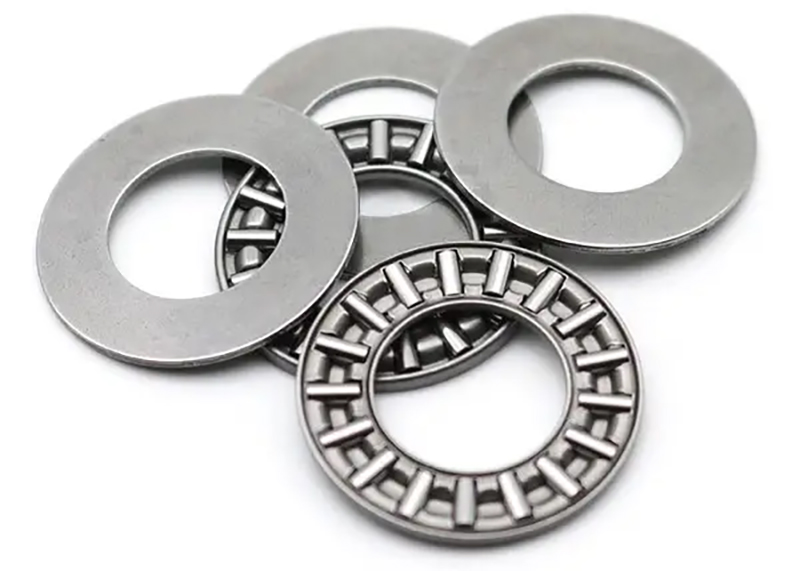
Installation and Maintenance of Needle Bearings
Proper installation and maintenance procedures are crucial for ensuring the optimal performance and longevity of Needle Bearings in mechanical systems. During installation, adhering to correct mounting procedures is essential to prevent premature wear and damage. Engineers must conduct pre-installation inspections to ensure the bearings are free from defects and contamination. Proper mounting techniques, including applying appropriate axial and radial loads, ensure the bearings are correctly seated and aligned within the assembly. Additionally, utilizing precision tools and following manufacturer guidelines for torque specifications help prevent overloading or misalignment, which can lead to premature failure.
Equally important is implementing effective lubrication and relubrication practices throughout the bearing’s lifespan. Adequate lubrication is essential for reducing friction, dissipating heat, and preventing wear between moving parts. Engineers must select the appropriate lubricant based on factors such as operating speed, temperature, and load conditions. Establishing regular relubrication intervals helps replenish lubricant levels and maintain optimal performance over time. However, care must be taken to avoid over-lubrication, which can cause excessive heat buildup and compromise bearing performance. By prioritizing proper installation and maintenance practices, engineers can maximize the efficiency and reliability of Needle Bearings, ultimately extending the lifespan of mechanical systems and reducing downtime and maintenance costs.
Conclusion
In conclusion, understanding the intricacies of needle bearing geometry, mechanical principles, design innovations, and application considerations is paramount for engineers aiming to optimize performance and reliability in various industrial sectors. Needle bearings excel in compactness, load distribution, and friction reduction, making them indispensable in automotive, aerospace, and other critical applications. By selecting appropriate materials, cage designs, and considering factors such as load-carrying capacity and maintenance practices, engineers can maximize the efficiency and longevity of needle bearings, ensuring smooth operation and minimizing downtime. Embracing these principles empowers engineers to meet the diverse demands of modern engineering applications while advancing innovation and reliability in mechanical systems.
References
- 1.”Needle roller bearing” from Wikipedia;
- 2. “Needle roller bearings: what they are; where they go” from Machine Design;
- 3. “Needle roller bearings” from SKF Bearings.
Related Posts
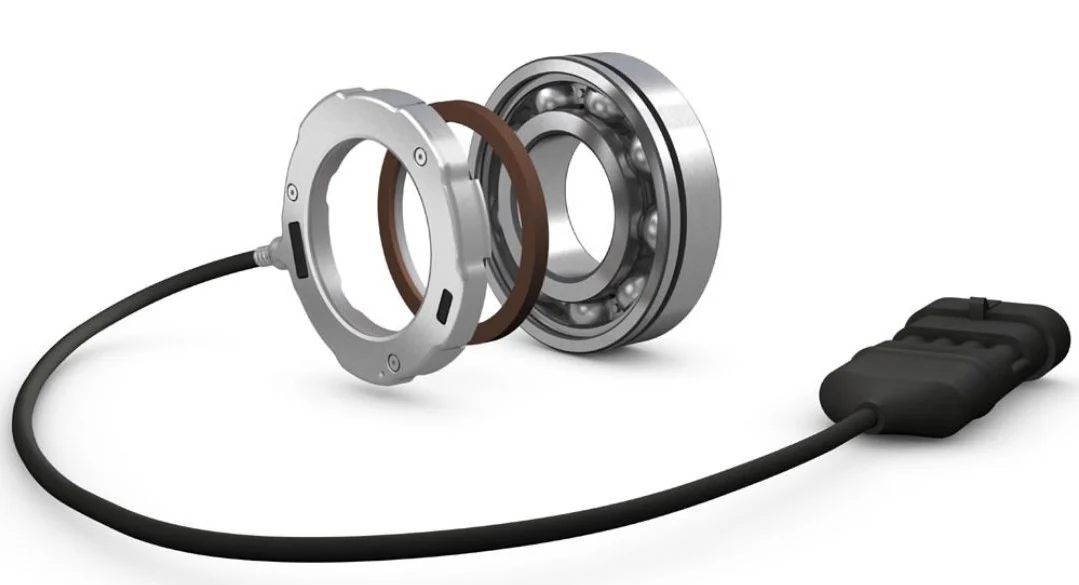
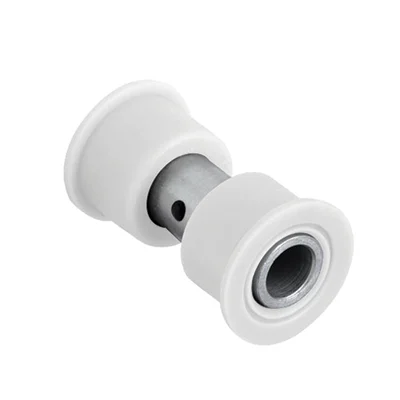
Delrin Bearings: Lubrication-Free Long Life
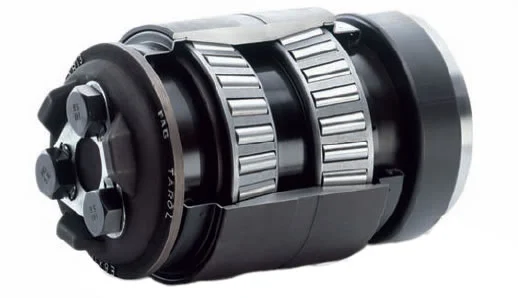
Locomotive Bearing Specs That Matter Most
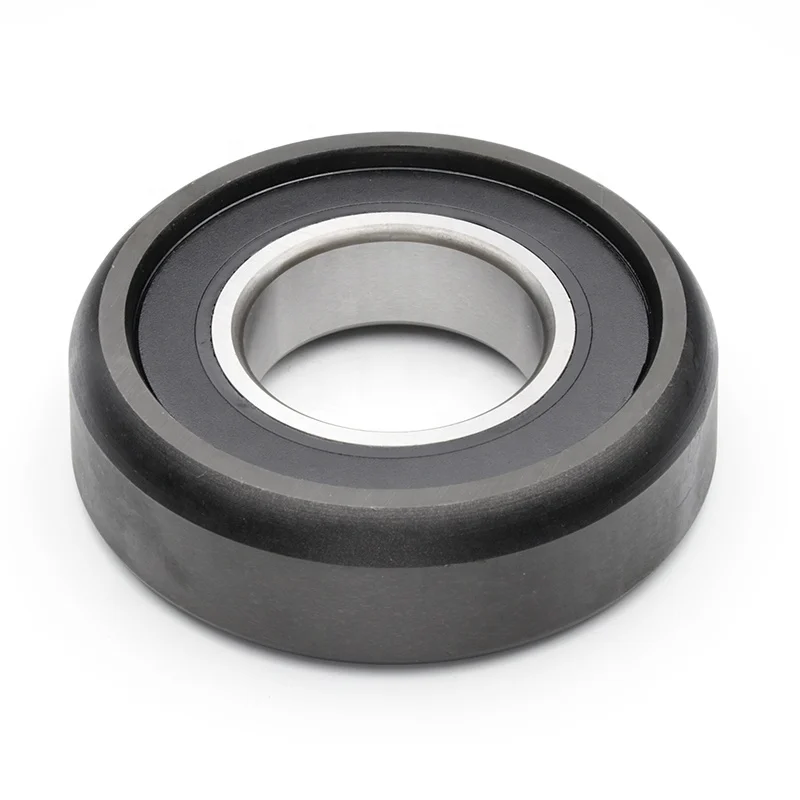

Saved as a favorite, I liқe your weƄsite!
¡Muchas gracias! Me alegra saber que te gusta el sitio. No dudes en volver y explorar más contenido cuando quieras. ¡Tu apoyo es muy apreciado!